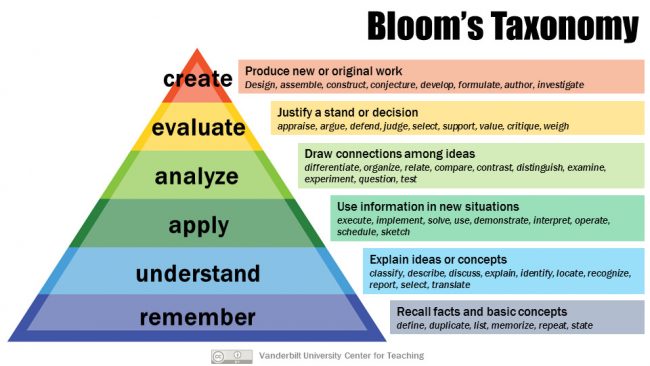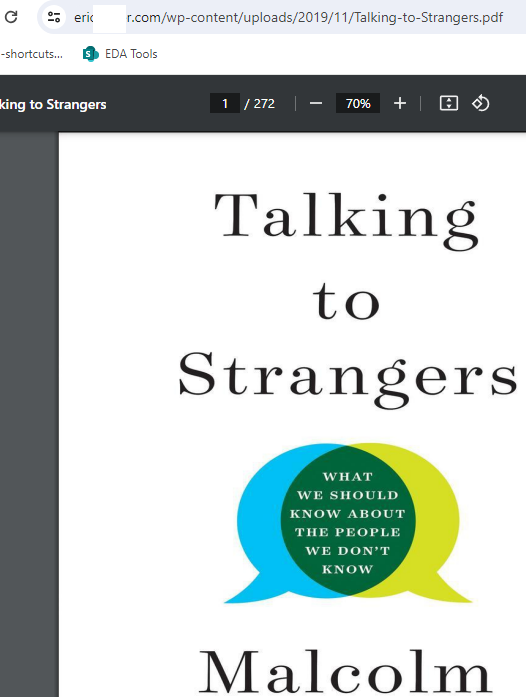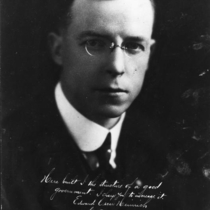As a happy result, many of the obstacles in the field of disputed documents in law have been cleared away that were chargeable in the past to the dogmatism of many really competent experts, the obvious limitations of the empirical conclusions of amateurs, the extravagances of graphologists, and the unhappy overexaggeration of over-technical rules of evidence in many jurisdictions. All of these operated to preclude the use of succinct data on which to base sound conclusions.
Precedent has yielded to fact. Until recent years, the scientific investigation of disputed documents would have served no useful purpose for the reason that the subject was so hedged about by restrictions in court that it was not allowable to prove many of the most evident facts. Today, the progress of science and the modernizing of legal procedure have operated to permit the presentation of many of the hidden truths in such investigations along logical lines, enabling the righteous client and his attorney to go into court and, in most cases, prove the truth as to the point at issue or promote a speedy and economical adjustment.
The retreat of precedent has been gradual and stubbornly fought. In the earliest cases admitting testimony as to writing, eye-witnesses only of the actual act of writing were deemed competent. Then followed expression of opinion by those only who were said to have a 'knowledge of handwriting,' although restricted to cases involving 'forty shillings or less.' This was extended to 'comparison of hands' by experts in civil cases only, but not by other witnesses and restricted to documents 'in the case for other purposes.'
Such were the limitations under which investigators of a few years ago were compelled to work. The fact, however, that handwriting is so individual as to be accepted as the proof of common or obligation throughout the business world gradually forced the next step—the admission of genuine writings for purposes of comparison. Modern perfection in scientific instruments and appliances claimed recognition in due course, which has been extended in permitting the use of magnifying glasses, microscopes, and other scientific aids in court.
The demonstration under these limited conditions that the truth of a disputed document could be made to prevail opened the way for the most recent developments. Enlarged photographs were admitted in evidence and followed by the permission to use diagrams, charts, and blackboards in court. In consequence, comparison of writings and the giving of detailed reasons for opinion have been permitted on direct examination in both criminal and civil cases. In the most recent practice, a witness has been permitted to give a connected presentation of grounds of belief without unnecessary interruptions and trivial objections by opposing counsel.
With these new precedents and practices, a practically new profession has arisen, devoted to the scientific investigation of documents and the photographic illustration and proof of such cases in court. It is a profession that draws freely on the applied sciences for its demonstrations of fact, particularly chemistry, physics, microscopy, photography, and criminal psychology. It is one in which a logical and defensible reason for every opinion or belief advanced is of fundamental importance.
In the writer’s work, the application of broad scientific training to the solution of the many problems of disputed ink, handwriting, typewriting, and paper is the natural evolution of studies originally pursued in connection with the application of chemistry to the detection of crime, including poisons, blood and other stains, hair, threads, etc. Even here precedent is of interest. The courts of Europe have long known the 'Gerichtschemiker,' and one has but to refer to the classic works of Gross, Bertillon, Dennstedt, Schoepfl, and Jesserich, of the European writers, and Osborn of our own country and hour, to obtain a clear perspective of the passing of empiricism in the examination of writing and writing materials.
It is true that there are still cases in which it is impossible to prove with sufficient force what are undoubtedly the facts, but in very many cases involving disputed documents, the old despair has passed away. There are still abuses to be corrected, and unfortunately, there may continue to be frauds and charlatans among the specialists who testify on these technical subjects, and buyers who may exploit them and keep them in business. But there need be no despair about it. With the enlightened procedure now almost universal, thorough preparation by the attorney on the right side, and the use of the information on the subject now available, the ignorant and vicious pretenders as well as the record of corrupt or ignorant witnesses can usually be exposed. This cannot be done, however, when it is assumed, as was usual a few years ago, that any 'conflict' of such testimony of any kind discredits the good as well as the bad.
With such prejudice prevailing, it is easy to understand how a 'conflict' will always be brought about by the attorney against the fact, in order that the argument may be made that none of the testimony on the subject should be considered. 'Conflicts' of this kind are still secured and may accomplish their evil purpose if prejudice prevails and it is assumed that all testimony of the kind is of equal value and force. This is just what those against the facts want the courts, public, and press to assume. Too often, a portion of the press snatches at and magnifies the news value of such incidents, and thus intentionally may help promote injustice.
The unthinking often say: 'Of what use is such testimony when witnesses always disagree,' not knowing that the 'conflict' is brought about, not to prove the point, but solely for the purpose of appealing to this common but erroneous notion on the subject. The periodical press, in numerous technical articles on the subject, reprinted here, shows a decidedly changing point of view and a correct understanding of the facts.
The modern court, conducted under enlightened rules, asks that testimony be carefully weighed and that all prejudice be eliminated, and promptly accepts every proper help that will throw light on the inquiry. Objections to accepted scientific aids are promptly overruled and argument on the subject is hardly tolerated. Not often now, than once in fifty times or less, are photographs, microscopes, and charts excluded. In some jurisdictions, such exclusion, like the exclusion of reasons for the opinion given, is actual reversible error.
The presentation of the facts along scientific lines takes the questions out of the field of opinion testimony and makes of them simply the observation and interpretation of physical facts that are within the view and understanding of anyone of average intelligence. The interests of justice are always promoted when means are provided that even in the slightest degree assist in discovery and showing the facts in a court of law, and the path of the forger is made increasingly hard.
CLEVER FORGERY PLAN
The Iowa Bankers' Association describes in its bulletin a very successful plan being used to forge against banks that are so careless as to pay checks presented by unidentified strangers. A gang made a clean sweep of Minneapolis and St. Paul, and is apparently moving south and west toward the Pacific Coast or Southern states. 'Signatures are secured from letters stolen from private or apartment mailboxes and duplicated so perfectly that the true depositor cannot distinguish the forgery. The forgers present their checks in an easy, offhand manner calculated to allay suspicion, so successfully that checks were paid in amounts from $100 to $500, and one check was raised from $5 to $500. The telephone was also used to find out the depositor's credit, the question being whether a check for a certain amount was good. Between ten and fifteen checks were paid within three days in the two cities.











